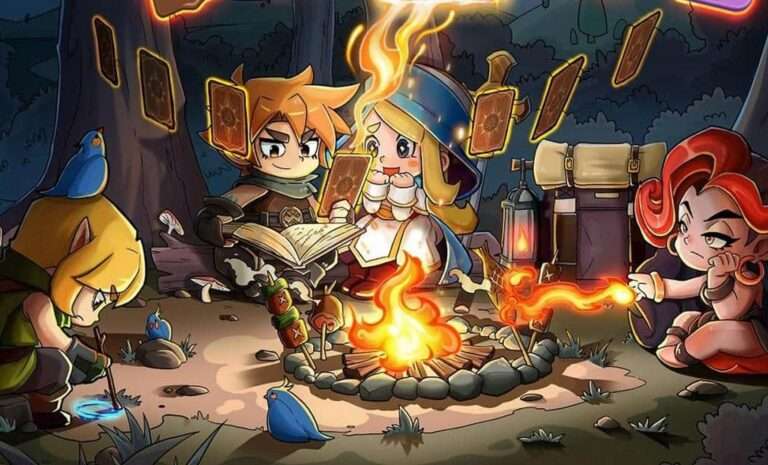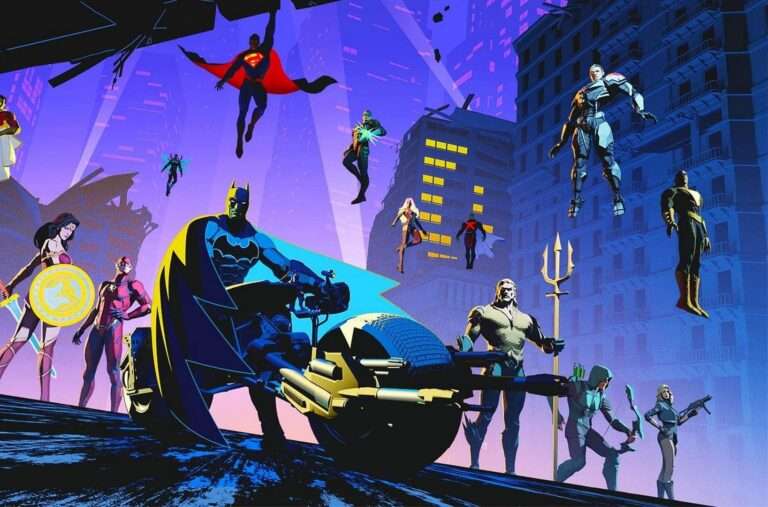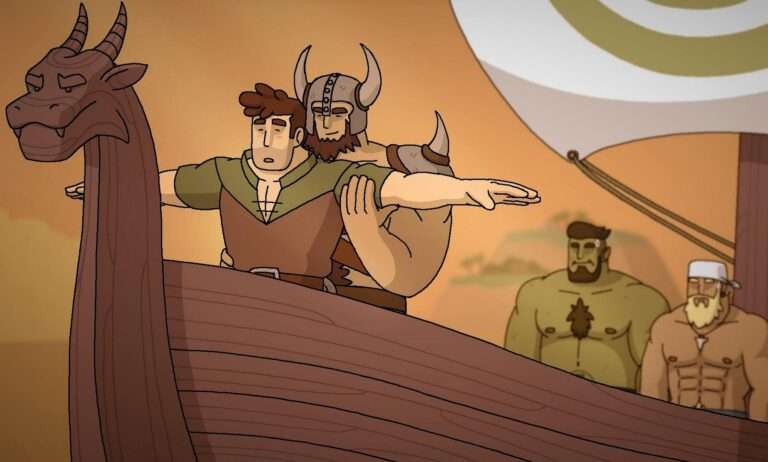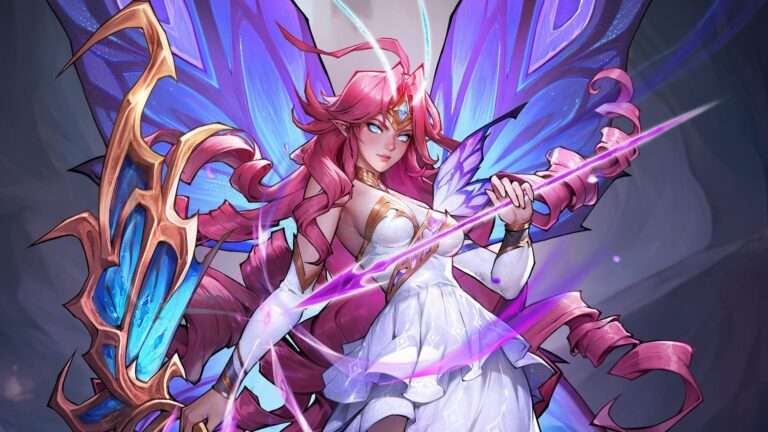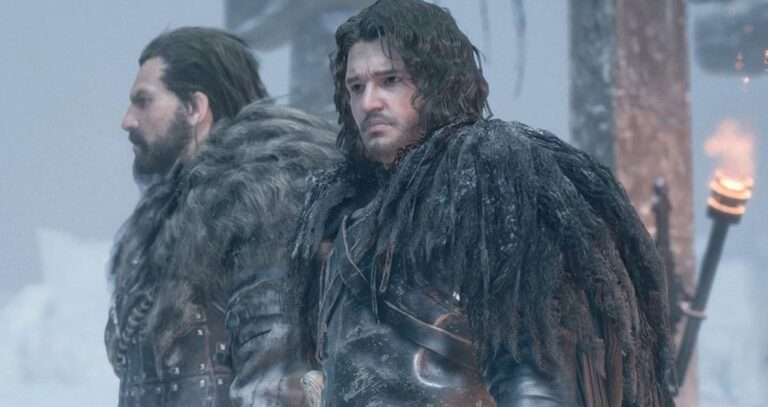Lost For Swords – Beginners Guide & FAQ
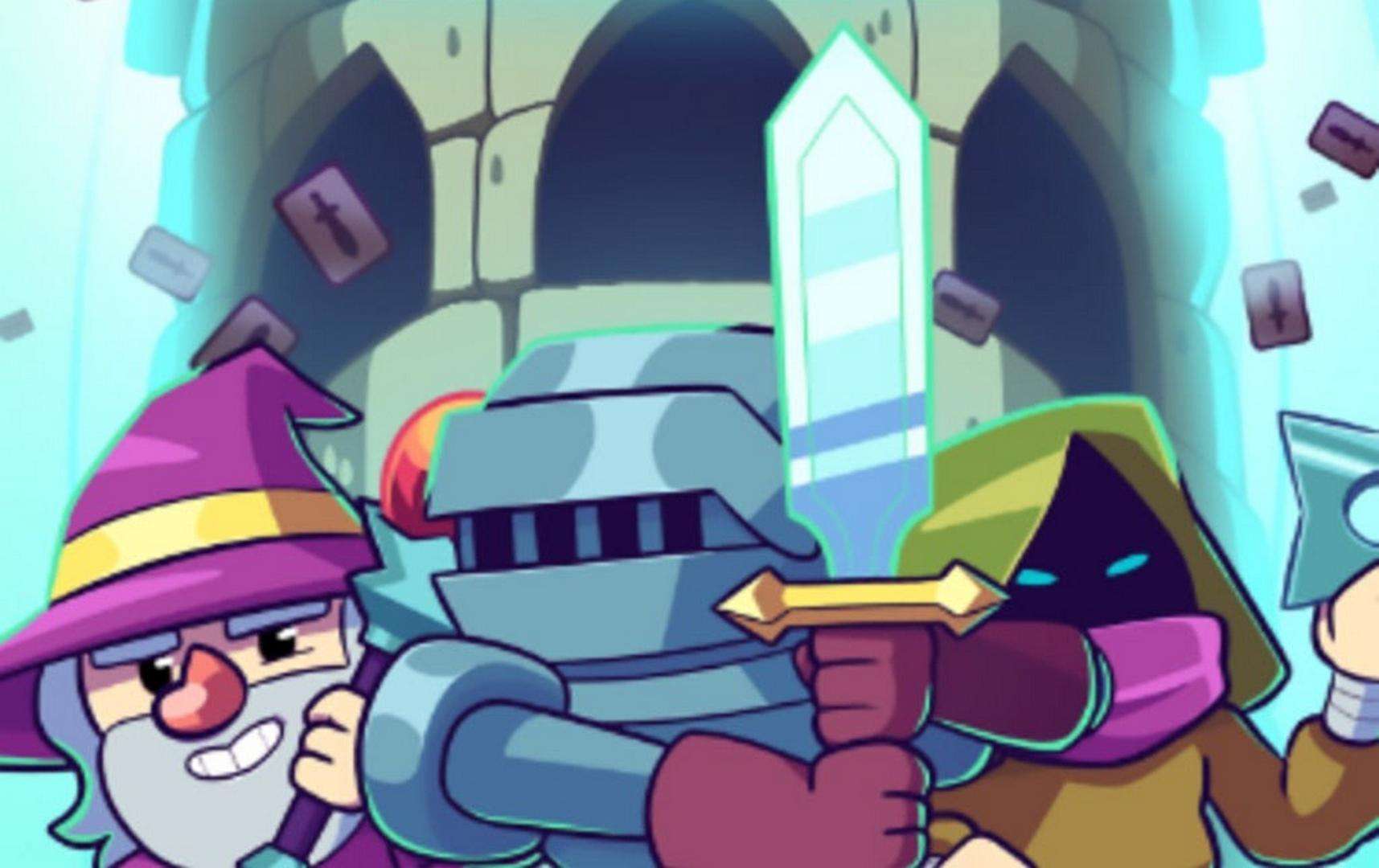
Helpful Tips for New Players
General Tips
If you’re struggling to understand how to beat the main Tower, or you aren’t sure how many characters you can play or how to access them, here are a few tips:
- 3 Hero classes available: You can play the Knight or Rogue in the main game, currently. The Mage is currently unlockable in the test build only, by pressing the number 5 on the Main Menu screen.
- Simplest Winning Strategy: If you’re struggling to find a strategy that takes you to victory, the simplest thing to understand is the power of cutting down cards. Removal of cards that aren’t your best ensures you get the good cards, and also gives you more room to maneuver!
- You really can’t always kill all the monsters: As the tutorial teaches you, it’s not always possible to kill all the monsters in a room. Learn to accept a few backtracks and your survival rate goes up.
- Attacking unarmed does no damage: You can attack things while unarmed, and sometimes this can help you spend some time while the monsters move to a more favorable position. It doesn’t do any damage however, so plan ahead with your attacks so you get the damage where it needs to go.
- Props block paths and do what they say: Sometimes you need to smash barrels and pillars to open up pathways to important cards, but they don’t hold treasure or do other stuff unexpectedly. You don’t need to smash all the props unless you want to!
- Turn order: You hero acts first, then it‘s the monsters turn. The order of monsters goes from left to right, top row to bottom row. Sometimes that leads to monsters blocking each others path. Consider the turn order when planning your moves and avoid getting boxed in!
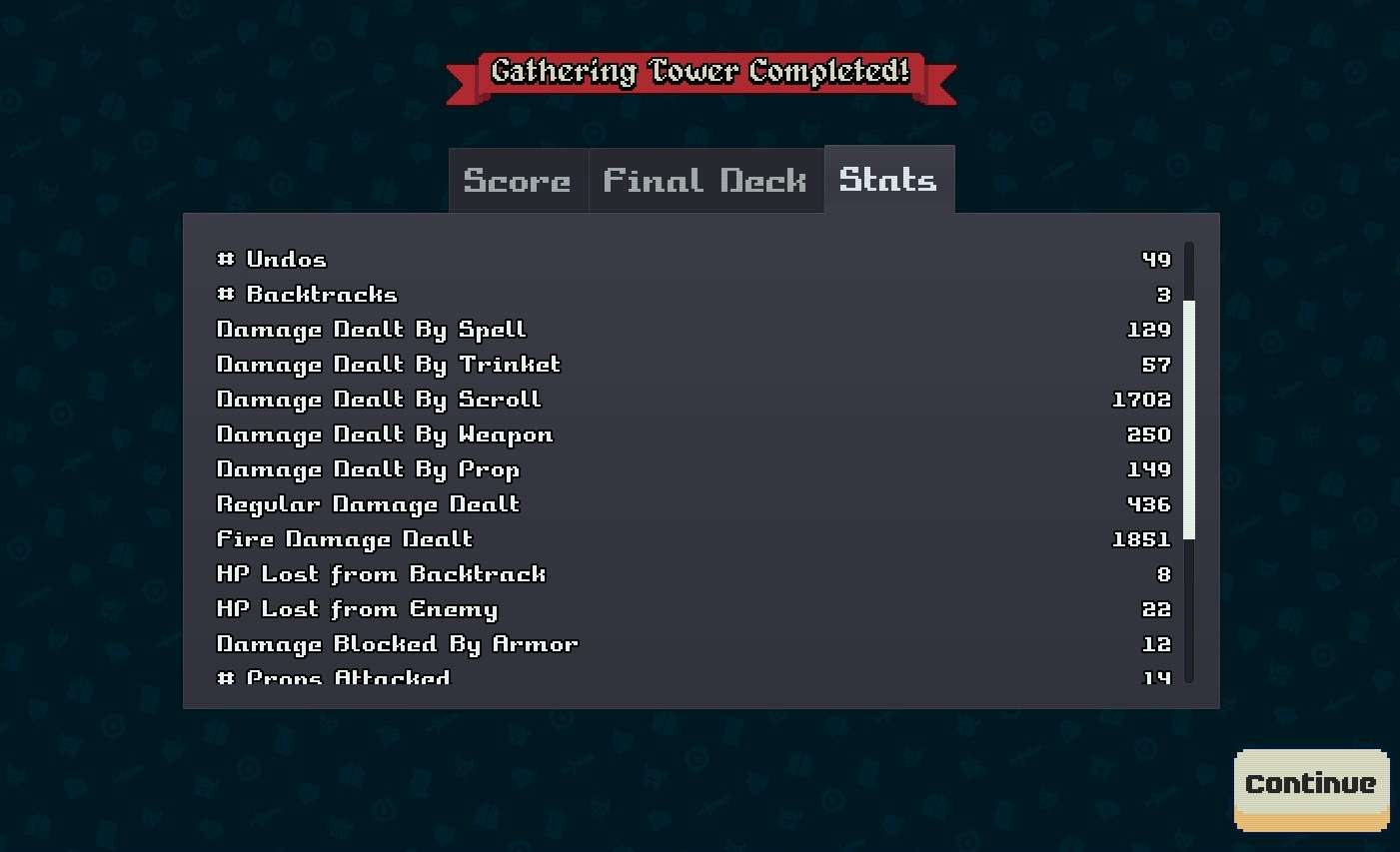
Intermediate Tips
These tips are for people who have played for a bit and need help with beating the Gathering tower at higher difficulties. If you can make it to the higher difficulties but tend to lose on them (Gathering Tower +2 or up, floors 6-8) then this is a good place for you.
- Monster Movement Predictions: (MMP) By seeing how the monsters will usually move, you can then make a reasonable assumption to predict how the monsters will move in the future, adapting your assumption as you go. This will allow you to predict where the monsters will move.
- Reasonable Multi-Turn Strategies: (RMTS) RMTS uses MMP to allow you to “see” the future and tell which moves are the best moves, usually going 3-4 turns into the future is a good predictor of what the best move is.
- Maximum Damage Output (MDO) and Maximum Reasonable Damage Output (MRDO): MDO is the most damage that you can possibly deal in the best-case scenario with zero waste. MRDO is the most damage that you can deal with a reasonable limit on what you will spend to get there. The MDO is usually not achievable, as it would require you to lose too much HP, so going with the MRDO is usually the best choice.
- Prop Usage: Use the props as well as you can to deal the most damage and avoid taking as much damage as possible. Sometimes, attacking a prop is the best choice, but it is usually not the case.
- Health can be Traded for: Sometimes, you can “trade” your health for something you want more, such as more damage to all enemies, currency, positioning, etc. Sometimes you will also HAVE to lose HP, so it is better to choose the way that loses you the least while allowing yourself to deal the most damage. It takes some time to find the balance of health-damage-currency weighting that you like, so this is not as important as the other concepts.
Aura / Trinket Types
Almost all auras or trinkets can be split into three main categories: Passive, which means that the auras or trinkets are constantly active for some period of time; Turn End, which activate at the end of a turn; and Trigger, which activate upon a specific condition that is not turn-based.
Passive auras/trinkets can be further divided:
- Conditional passives have some condition that needs to be met in order for them to work. Currently, only auras are conditional passives (for example, Stronghold, Shadow Presence, To Arms!).
- True passives are always active as long as they are in effect. They may give other cards more abilities (for example, Zap!, The Blink Fruit) or higher numbers (for example, Hold!, Roadrunner’s Ring). Examples of true passives include Hold!, Sheer Tenacity, Superconductor, Poison The Well, Venomous Shuriken, Zap!, Auramancer’s Amulet, Ben’s Key, Bow Artisan, Catnap Ring, Eye Of The Storm, Fawke’s Pendant, Frenzy, Hammer Artisan, Mind Over Matter, Pierce Ring, Prop Master’s Ring, Rapid Fire Ring, Roadrunner’s Ring, Sleepover, Sword Artisan, The Metronome, The Blink Fruit, and Thick Skin.
Turn End auras/trinkets either trigger at the end of a turn, use a “timer,” or affect the flow of “time” (for example, Common Penance, Corrosive Sorcery, Nightmare, Augustin’s Charm, Ninjutsu Pendant, Ring of Patience, Ring of Poison).
Trigger auras or trinkets require an action to activate. They can be further categorized based on their activation condition:
- Hero Triggers: These activate when the hero performs a specific action, such as casting a spell (Renunciation) or picking up a bow (Orion’s Blessing), or by refraining from an action (Blessed Hammer). (Blessed Hammer, Force Multiplier, Niv’s Presence, Orion’s Blessing, Renunciation, Archmage’s Charm, Arthur’s Pendant, Bhima’s Ring, Ceridwen’s Earring, Chandra’s Essence, Equivalence Ring, Extortion Amulet, Flash Heal Ring, Intimidation Ring, Lucky Charm, Medusa’s Ring, Phoenix Charm, Ring of Fortitude, Sinner’s Might, Subtle Body Charm, Sword Trader’s Ring, Tesla’s Parting Gift, Thoth’s Pendant)
- Monster Triggers: These are activated by an action performed by a monster. (Defiance, Tripwires, Vicarious Shame)
- Action Triggers: These can be activated by either the player or a monster. (Unstable Energy, for example, is triggered by the player passing time and not equipping new attire.) (Break Morale, Unstable Energy, Bristle Ring)
- Room Triggers: These activate upon entering or exiting a room. (Graceful Exit, Pocket Wormhole, Ring of Health, Tear of Nyx)
Hothead Locket and Triboelectricity are exceptions. Hothead Locket is considered partially passive (all sins are Rashness) and partially triggered (Atone Sin: Deal 1 damage to all monsters). Triboelectricity is partially passive (immune to lightning) and partially triggered at the end of a turn (Turn End: Loot triggers Lightning X).
Best Room Choice Setup Strategy
I found a very powerful loophole when choosing which of two rooms to visit.
- You can undo to see which room has the best layout.
- (This is the important one) If both rooms give you unsatisfying starting gear, you can do this trick.
Card placements are fixed in a certain pattern you cannot alter. What you can alter is which cards from your deck are present in the current room and, most importantly, which ones are starting flipped next to you when you begin the room.
The exploit is that this is determined by your choice of floor clear reward: gems or a deck card (I don’t know if trinkets matter).
If you dislike the starting deck cards near you, just undo and choose the opposite reward to find new items on your floor. This gives you a possibility of four room combinations total (two combinations per room).
FAQ
What does the phrase “Hero gains:” mean?
The phrase “Hero gains:” means that at any point when you meet the requirements (e.g., for Rogue’s Heirloom, you need two pieces of armor equipped), you may click on your hero and trigger the effects of the trinket (e.g., for Rogue’s Heirloom, you would equip a weapon). Clicking on your hero will take a turn.
In the arsenal, what is the 0/5 underneath the cards? How do I increase it? What happens when I get 5/5 for the cards?
The 0/5 (or whatever number is showing) counts how many times you’ve won with that specific card in your winning deck. Runs in the paltry tower do not count towards the numbers in the arsenal. You can increase the number multiple times in one run by winning with more than one copy of that card in your winning deck. When you get 5/5 on any card, it increases the number of masteries you have, which in turn allows you to veto more cards (vetoed cards will not appear in runs).
Is there an endless mode? How can I go to endless mode?
There is an endless mode. First, go to a tower you’ve already beaten (except for the paltry tower) at a difficulty you’ve already beaten. Play normally until you get your second free trinket choice (usually floor IV). With that, you should see a trinket like this:
- Seal of Fate. Description: ???
Picking that trinket will allow you to go to endless mode.
How do you get other characters?
Other characters will be findable in jail mezzanines. However, the demo only has knight and rogue.
Can I download the full version on my mobile phone?
I believe you can pay to get the full version on your mobile phone, though I don’t know where. (Will be edited once I get some confirmation from Max).
Why is stoke the flames not working?
Stoke the flames triggers when interacting with a lingering flame, causing that lingering flame to spread to empty 4-neighbors and increasing their timers by however much the description specifies.
How do you use renunciation/why is renunciation not working?
Renunciation activates when the hero manually drops the spell, not when a spell drops in general (ex. like from casting magic missile). Spells that target the hero (ex. chain lightning, fire dance) cannot be dropped, and other spells must be dropped by clicking on the hero in order for renunciation to work.
